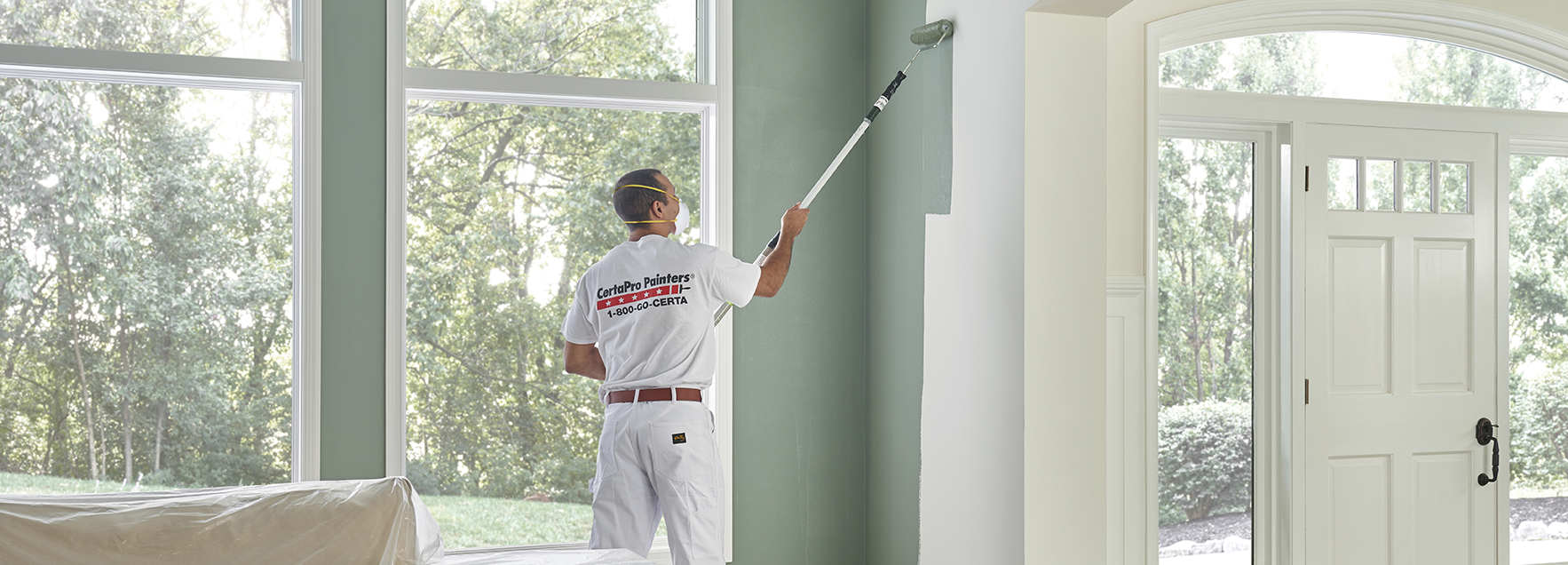
Best Weather Temperatures for Interior Painting
Posted on October 4, 2020
Do you have a painting project you’ve been dying to start but are scared the weather will get in the way? Weather and atmospheric conditions, as well as the quality of paint will play a huge role in how well paint is applied, even when it’s an interior painting project. If you’re nervous about getting started, here are a few things to keep in mind.
Best Temperatures for Paint Application
While we may want to hurry through an interior painting project to be done with the mess and fumes inside our homes. But we shouldn’t rush interior painting, especially when it is too hot or cold. In some cases, harsh cold can prevent drying altogether while during extreme heat, the surface of the paint can dry too quickly and skin over before the lower layers have a chance to dry.
Drying with temperatures that are too low or too high could mean bumps, blisters and other imperfections in the paint, such as lifting, cracking, fading, leaching or discoloration. Each paint formula is different, but as a general rule, for most oil-based paints, the ideal temperature to apply should be between 40 and 90 degrees Fahrenheit. For latex-based paints, it’s 50 to 85 degrees, although some more innovative paints are formulated to dry at lower temperatures, even as low as 35°F.
Humidity Levels and Drying Times
If the area where you live experiences high humidity, moisture in the air can be of concern for painting, even on a clear, sunny day. With more moisture in the air, it takes longer for the water in an acrylic or latex paint to evaporate. As the moisture builds up in the atmosphere, it can slow down drying times and even compromise the adhesion of paint when water is introduced to an incompletely dried layer of paint.
For interior painting, it is recommended to crack open a window to avoid inhaling VOC and speeding up drying time, so the weather outside can still have an impact on your interior walls. When it comes to humidity, the best drying will occur between 40 and 70 percent humidity. Most weather trackers will provide a humidity percentage for the day, and you can also plan ahead by searching for average percentages in your area throughout the year.
Why Does Weather Matter for Interior Painting?
Extremes are best to be avoided when it comes to painting. Harsh winters and scorching summers can often bring about temperatures that are not conducive for best paint application. This is the case even when it comes to interior painting, as our homes should not be completely sealed off during a painting project to avoid fumes, and speed up drying times.
If the extreme heat or cold from outside finds its way inside your home, along with any lingering moisture, it could not only delay the length of completion for your painting project, but also impede it from drying correctly.
When you combine extreme temperatures and high humidity in any painting projects, you’re bound to have some trouble with the quality of the work. Call CertaPro Painters today for a free, no-obligation estimate and get started on your renovation.





